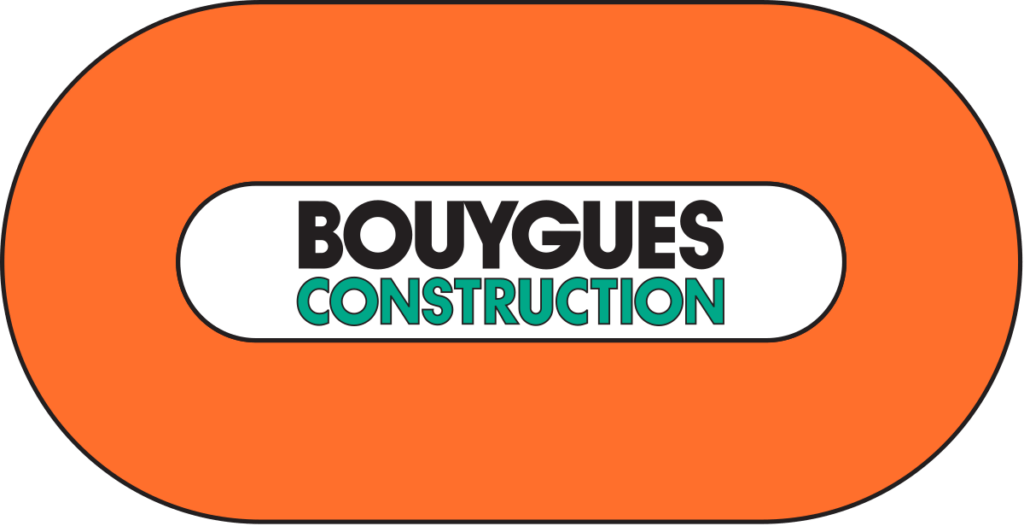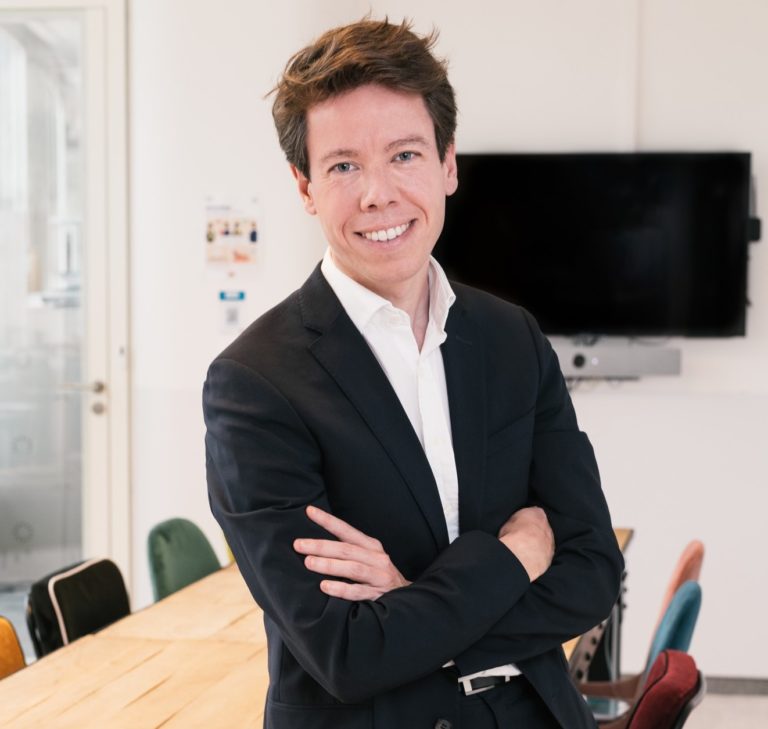Profit vs Circularity
Open discussion with Bouygues Construction.

Profit vs Circularity is the Equation Balanced?
With Julien BOURCERIE, Head of Open-innovation & corporate venture
at Bouygues Construction
May 20th, 2023
Being Circular includes making the most from any resource, whether it is materials, energy, water, space and more to reduce our impact on the environment. But one of the main questions is what kind of businesses can generate value from the optimization of the use of resources.
This Catch&DO Impact session will be dedicated to analyzing how drivers for circularity are expected to impact business models and positioning in the value chain. The specific case of Bouygues Construction is directed to open new questions on the disruption potential of Circularity.
Open discussion
What are the current challenges in Construction – what is your daily life ?
The mission of the open discussion team is to explore all the signals coming from every direction to consolidate the vision of Bouygues Construction. Open innovation is of course about gathering partners but also to leverage on these partnerships, the return on investment is not expressed only in euros. And sustainability is one of the main challenges in construction, Bouygues Construction invests in start-ups but is also in the projects themselves.
How does circular economy apply in construction?
When we talk about Carbon emission in the construction industry, there is no turnkey solutions. There are no principles or solutions that can be reproduced and applied to all the business units. Everything needs to be thought and designed for the specific supply chain in play in our business units.
What are the main drivers for circularity adoption ?
When I started my journey in circularity as an entrepreneur, the regulations were not ready at that time. The regulation is stronger every year to protect the citizens. The regulation is an important driver. But the culture of the company also evolves, new generation really care about the environmental impact the business can generate and we all want to continue to enjoy a liveable planets
CO² taxes can incentivise manufacturers and general contractors to use 2nd hand materials or re-use materials that were used only once. And citizens will generate a significant pressure on the adoption of low impact construction, and they already are expressing their concerns.
What are the main challenges for circularity
The question of material costs is a complex issue in construction, some materials can increase by 30% from the moment where you estimate the cost of a project and when it starts, the increase in the raw material is difficult to anticipate and hence it is difficult to give the best price. Our industry is very mature, and improvements are now marginal. Circularity is an opportunity for adopting new materials that will make a significant difference.
In addition, the concept of ecodesign makes perfect sense since the objective is to design a project with a minimum of resources: less concrete, less materials… It can be even easier to implement than any circular economy principles. The acceptance of circular principles is not always obvious. It would be difficult for a client to accept a second-hand door on a brand-new building. The client wants a material with the same “facial value”. There is room for improvement, believe it or not, up to 6% of the waste in the construction industry is coming from new and never used materials. Stockpro, a French start-up has identified this issue and is exploiting it.
The importance of the business models is indeed an important issue for the adoption of circularity. But more important is the service delivered. Circularity can not be only a reorganisation of the supply chain.
There is always logistics involved in circularity. Materials are often cheap, but the cost increases with the logistics associated with it. The cost effectiveness is then impacted by logistics and this must be taken into account in the definition of the service to be delivered.
What about technology, are there enabling technology for circularity ?
Technology will evolve, but not only technology. The culture will be important, the business models as well, technology is part of the equation. It can come from the digital technologies since circularity can be closely intricated with data and AI.
The traceability of the material is part of the necessary technologies. When you break a wall, the knowledge on the concrete is crucial to understand how it can be reused.
Some start-ups are using many materials coming from various waste (even coffee) and they can create new objects that will be used for fences or tiles for the construction process. This whole new process will create a brand-new material.
What about 3D printing for circularity?
It might be a solution for circularity but it is a narrow window of opportunity. The concrete today is traditional (cement, sand and water), 3D printing is not considered as a solution for circular economy but more as a new way to build.
Limits in engaging ecosystem into circularity
The impact on the value distribution has already started. In the supply chain, the main disruption will come from the material suppliers. When you are manufacturing concrete and that it will be reused at 50%, you need to reflect on your next value proposition. The building owners are the one who will specify to the contractors the expectations in terms of materials and level of expected reused material. Public clients are expected to be the early adopters.
In the real estate, sharing economy like AirBnB are the main examples of disruption. The future in the construction industry could be the equivalent of an AirBnB of construction. In office building, these buildings are occupied 30% of their time. And the circularity is about the efficiency of the use of resources. Pooling these resources will lead to less construction. Building less is less cost and more efficient operation cost of buildings.
What are the main priorities for Bouygues ?
Solution on concrete, to reuse concrete or new materials to replace concrete. Traceability solutions is important. On the really long term, it is of utmost importance to reduce the quantity of material. This is an urgent need for the planet, so let’s hurry up!
Julien Bourcerie
Head of Open-innovation & corporate venture


Julien is responsible for the strategy and execution of new innovation methodologies, including startup cooperations, corporate venture, intrapreneurship and design of specific acceleration programs.
Previously, Julien started as roadworks engineer @Colas, and then founded the startup Excesterra dedicated to circular economy of groundworks before serving @Bouygues Construction in various position, always in touch with innovation in the Construction industry.
